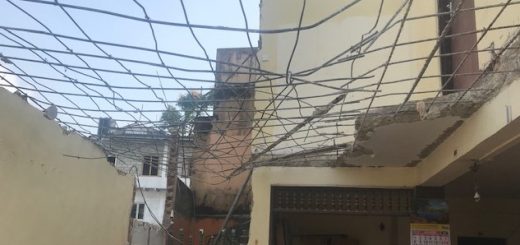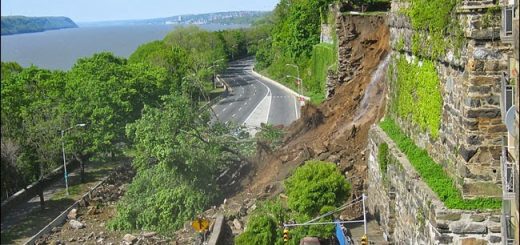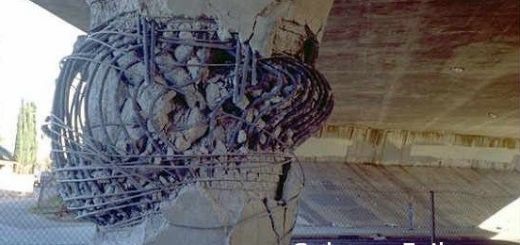What is Structural Assessment
Structural assessment is an important field of study for civil engineers, as the objective is to inspect existing structures and determine their safety and stability. Civil engineers must have the right technical knowledge and experience to assess the structural integrity of buildings, bridges, dams, tunnels and other structures. This article will examine what a structural assessment is and explore some of the techniques civil engineers use to assess the safety and stability of structures.
A structural assessment is a thorough inspection of an existing structure to determine its safety and stability. The assessment is usually conducted by a civil engineer, who will have the necessary technical knowledge and experience to assess the structural integrity of the structure. The engineer will inspect the structure for any signs of damage or structural instability, and will also assess the condition of the foundation, support systems and any other structural components.
Why we need Structural Assessments
Assessment of the structures are done for different reasons that may be for mandatory or any other reasons. The main focus of structural assessments are as follows.
- When it required to modify the existing structure where there are not structural drawings of the structure.
- When it is required to assess the condition of the old structure
- When existing structure, may be newly build structure, cases excessive settlements.
- Cracking of new structure; brick walls cracks or structural cracks in the beams, columns etc.
- When it found that part of the structure is not having the adequate strength after the construction; this may known by testing of the concrete cubes casted at when concrete is poured.
Main Stages of Structural Assessment
It is required to follow the basic procedure when structural assessment is done. It is more common for all the types of structural assessments.
- Visual Inspection
- Taking necessary measurements
- Testing of structure
- Analyzing and designing of the structure, if required
- Providing recommendations
Let’s discuss each type of stages in detail.
Visual Inspection
Initial stage of a structural assessment is the visual inspection. During the visual inspection all the defect that can be visually identified will be recorded for the further actions.
Cracking of concrete, deterioration of concrete, corrosion of reinforcements, settlement of foundations, cracking of brick walls, failure of columns, failure of beams, etc. will be observed in the visual inspection.
If the information gathered during the inspection are adequate to come to an conclusion, necessary recommendations will be provided for rectification. When the further assessment is required, client will be notified on the same and will recommend proceeding with further assessment.
The procedure to be followed for further assessment will be decided after the visual inspection. Required measurements, testing plan, other information on the structure such a available drawings, etc. will be proceed as the next stage.
Taking Measurements
This is connected with the testing of the structure.
Necessary measurement of the structure such as dimensions, crack widths, crack patterns, locations of the cracks, etc. will be recorded in this stage. In addition, settlement of the structures, change in the crack width are also recorded.
The recorded information will be used for the structural analysis, testing and design purposes.
Testing of Structure
After conducting the visual inspection, the testing plan will be determined. The degree of damage and level of assessment required number of test and types of to be done will be determined. Mainly, there are two types of testes, namely.
- Nondestructive Testing: Which will be done without damaging the structure. Rebound hammer test, ultrasound Pulus velocity test, etc. It is the best way to find the properties of the structure. However, due to the lags of these test, carrying out nondestructive testing of not adequate.
- Destructive Testing: Destructive testing provides more accurate results; however, there are expensive and causes the damagers to the structures as we need to take the samples. Therefore, destructive testing are done together with the nondestructive testing. Combination of those tests provides more reasonable results in terms of accuracy and the cost.
Analysis and Design
This will be done based on the requirements of the structural assessment. It may not be required to do the structural analysis and design for all the structural assessments.
Available structural drawings and architectural drawings, actual site measurements, etc. will be used for the modeling of the structure. Material properties such as grade of concrete, strength of reinforcements, etc. will be used from the existing drawings. When they are not available or deviate from the test results, the material properties will be modified based on the actual conditions found from the tests.
Providing Recommendations
All the information gathered during the structural assessment will be used to come to a conclusion for providing the necessary recommendations.
Observations made during the site inspection, test results, analysis results, design outcome, site measurements, etc. will be studied in this process and based on those results, the recommendations will be provided.




